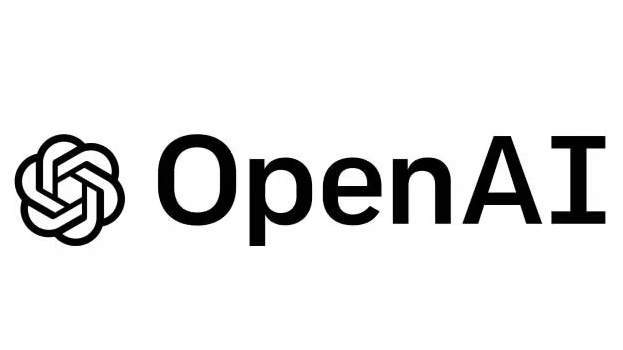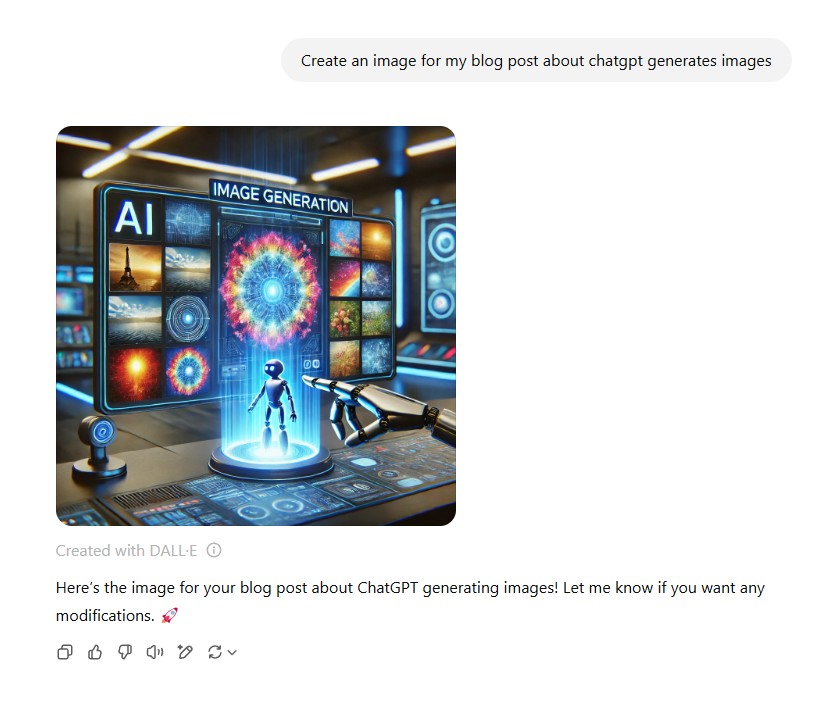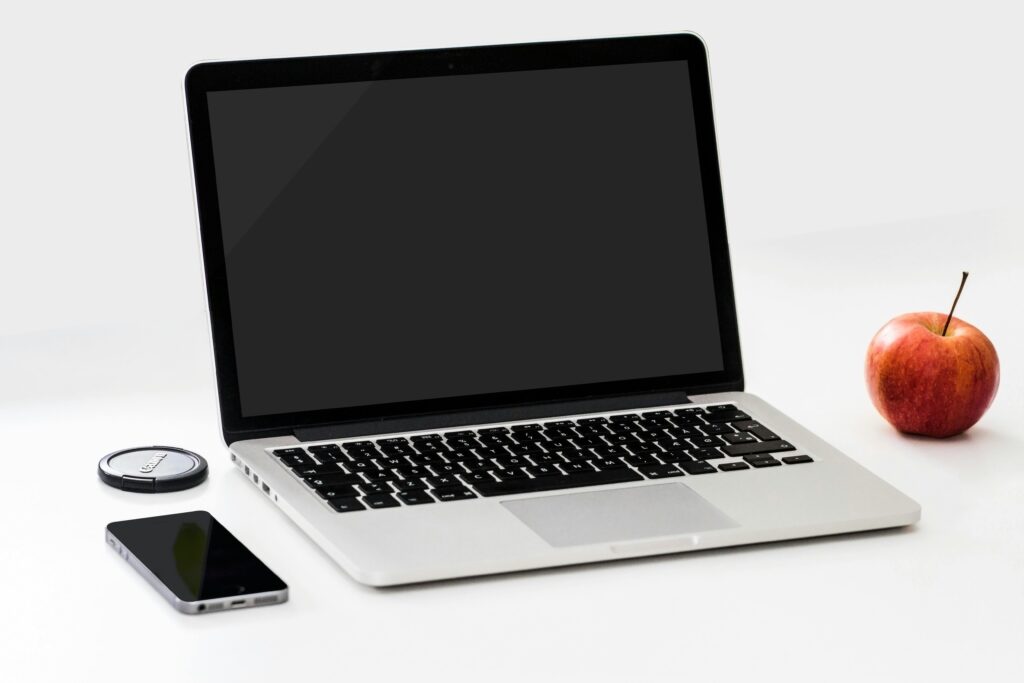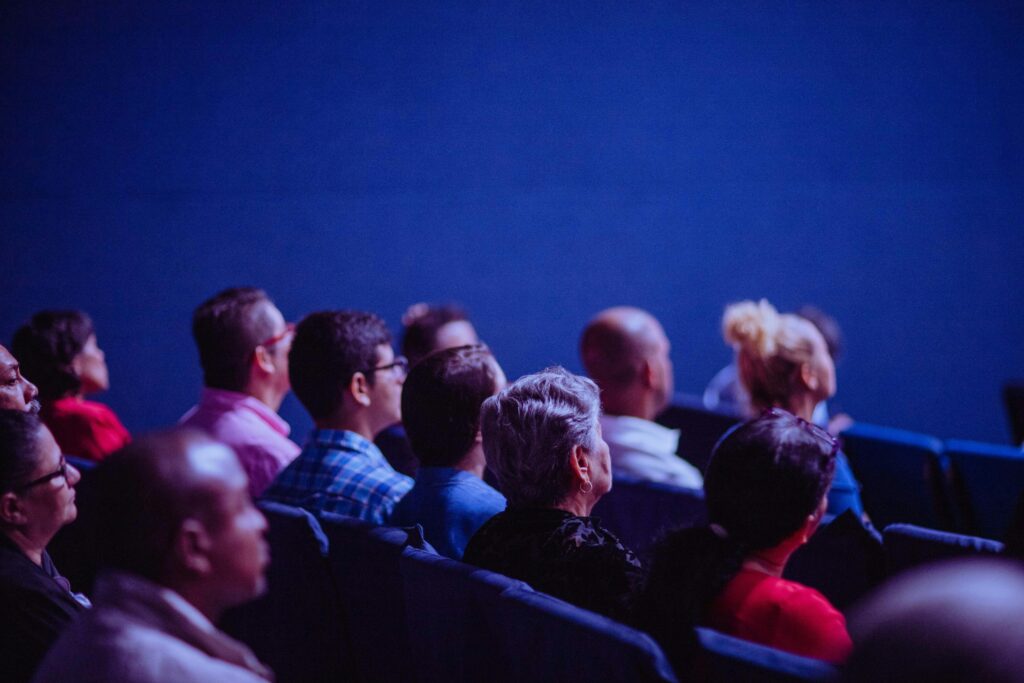OpenAI Unleashes Image Generation Power Within ChatGPT
A significant development this week saw OpenAI, a leading force in artificial intelligence, integrate a sophisticated image generation capability directly into its popular chatbot, ChatGPT . This new feature is powered by GPT-4o, OpenAI’s latest and most advanced model, marking a substantial upgrade from previous image generation attempts that relied on models like DALL-E . The integration aims to make image creation not just visually impressive but also highly practical for a wide range of users . Notably, this enhanced functionality is not limited to paying subscribers; it is available to all ChatGPT users, including those on the free tier, as well as Plus, Pro, and Team subscribers. Enterprise and Education users can also anticipate access to this feature in the near future .


The advancements offered by GPT-4o in image generation within ChatGPT are considerable. Users can now expect more realistic images with a higher degree of accuracy and fewer of the textual errors that often plagued earlier AI-generated visuals . Key improvements include a remarkable ability to render text accurately within images, a feature that was often a stumbling block for previous models . Furthermore, the model can now follow detailed prompts with greater precision, capable of incorporating and manipulating a significant number of objects – reportedly up to 10 to 20 – within a scene . This level of detail allows for the creation of more complex and nuanced visuals. The system also demonstrates an ability to learn from images uploaded by users, using them as context or inspiration for generating new content . This in-context learning enhances the model’s versatility and its capacity to understand specific user needs.

The integration of image generation directly into ChatGPT’s conversational interface allows for a more intuitive and iterative creative process . Users can now refine generated images through natural language conversations, providing feedback and requesting modifications in a seamless manner, with the model maintaining consistency across multiple iterations .

OpenAI is emphasizing the practical applications of this new capability, highlighting its potential for creating useful visuals such as diagrams, infographics, logos, and content for social media, in addition to generating photorealistic images . Sam Altman, OpenAI’s CEO, expressed enthusiasm for this development, calling it a significant step forward in providing users with creative control. He also acknowledged the potential for misuse, indicating that OpenAI will be closely monitoring how users interact with this tool and will adapt its approach as needed . In an effort to promote transparency and address concerns about the provenance of AI-generated content, all images created through this new feature will include C2PA metadata, which acts as an invisible watermark detailing the image’s origin .
The decision to embed such a powerful image generation tool directly within ChatGPT marks a notable evolution in the platform’s capabilities. Previously, users had to rely on separate tools or interfaces for image generation. By bringing this functionality into the familiar chat environment, OpenAI is streamlining the creative workflow and leveraging the existing strengths of ChatGPT’s conversational AI. This move also comes at a time of increasing competition in the AI space, with other platforms already offering similar integrated image generation features . OpenAI’s advancement with GPT-4o aims to set a new benchmark for the quality, control, and usability of AI-driven image creation.


